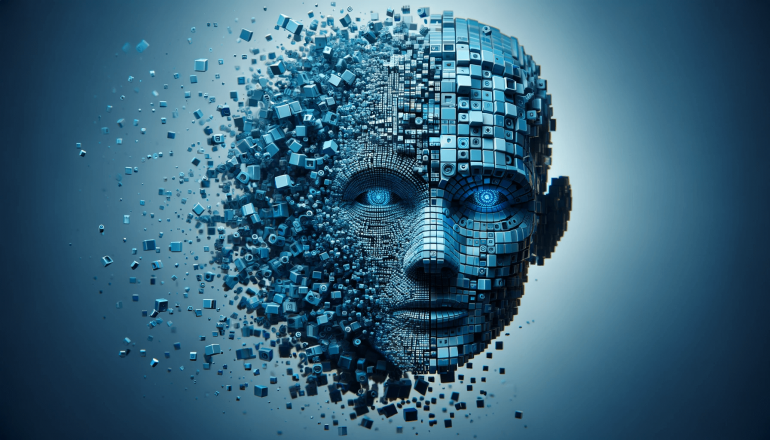Vitalik Buterin outlines four ways crypto and AI can collaborate
From decentralized arbitrages to blockchain mechanisms, AI doesn't just play the game but potentially changes the rules entirely.

Share this article
Ethereum co-founder Vitalik Buterin has recently detailed four key areas where crypto and AI can collaborate to create more efficient, secure, and democratic digital systems, benefiting a wide range of sectors and addressing some of the current limitations in each technology.
The promise and challenges of crypto + AI applications:https://t.co/ds9mLnshLU
— vitalik.eth (@VitalikButerin) January 30, 2024
The four areas, as outlined by Buterin in his recent blog post, focus on the role of AI in empowering blockchain applications, including AI as a player in a game, AI as an interface to the game, AI as the rules of the game, and AI as the objective of the game.
Buterin sees the first area – AI as participants in blockchain mechanisms – as the most viable, particularly when applying it to arbitrage on decentralized exchanges. This concept isn’t new; it has been in practice for nearly a decade. AI bots have significantly outperformed humans in arbitrage, a trend Buterin expects to expand into other applications.
“In general, use cases where the underlying mechanism continues to be designed roughly as before, but the individual players become AIs, allowing the mechanism to effectively operate at a much more micro scale, are the most immediately promising and the easiest to get right.” attribute quote to Buterin
He also sheds light on the use of AI in prediction markets. Despite challenges like participant irrationality and thin markets, AI can potentially transform these platforms due to their low cost, high-knowledge efficiency, and integration with real-time web search capabilities.
For the second area – AI as an interface to the game – Buterin refers to the use of AI to improve user experience and security within the crypto ecosystem. It encompasses AI features like scam detection and transaction simulations.
However, he cautions against the potential risks of adversarial machine learning, where AI could be exploited for scams. Buterin suggests that AI, while beneficial for cryptographic facilitation, should be cautiously approached regarding direct security applications.
The third area Buterin explores is the most challenging: integrating AI directly into blockchain mechanisms as part of the rule-setting process. In other words, the idea is to use blockchain and cryptographic methods to create a single, decentralized, and trusted AI, which applications would rely on for various purposes.
“The most challenging to get right are applications that attempt to use blockchains and cryptographic techniques to create a “singleton”: a single decentralized trusted AI that some application would rely on for some purpose.” attribute quote to Buterin
While acknowledging the potential for this idea, Buterin emphasizes the inherent risks and challenges, such as the cryptographic overhead and potential vulnerability to adversarial attacks. He suggests that advanced cryptographic methods can help maintain AI’s integrity.
In the final area, Buterin explores the possible establishment of blockchains and DAOs to develop and maintain AI systems that extend beyond crypto. He also considers using advanced security methods to ensure these AI systems are inherently reliable, impartial, and integrated with fail-safe mechanisms to avert any potential misuse.
Buterin expects that as blockchain and AI technologies grow more powerful, there will be an increase in their combined applications. He’s also keen to see which applications will be sustainable and effective when scaled up.
Buterin has recently pitched numerous ideas and proposals to improve Ethereum’s scalability, including lightening Ethereum staking and critical changes to how layer-2 solutions are classified.
